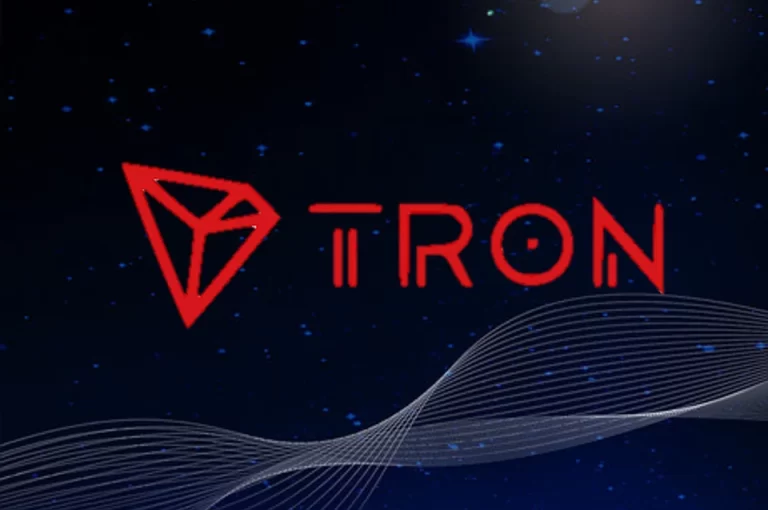Online Broker Battlefield Shifts from Costs to Execution Quality

For some, that may be the interest paid on idle cash or on assistance from financial advisors. Other investors may look for tools to evaluate potential trades, ways to calculate the performance of their portfolios, or help with calculating the tax impact of their transactions. The possibility that real-time data and research amenities may be subject to subscription fees in the next couple of years is anticipated by many in the industry.
But a very real factor in an investor’s profitability is one that can be difficult to calculate: the quality of the order execution once you’ve hit the “Trade” button. Is your broker routing your order to benefit its bottom line, or yours?
Order Execution Rules for Brokers
The NBBO is the best available (lowest) ask price when you are buying an exchange-listed product and the best available (highest) bid price when you’re selling.

1. Fidelity and Schwab’s Execution Statistics
Fidelity and Schwab publish execution quality statistics that compare the orders they route on customers’ behalf to the NBBO. Here are the most recent figures, which represent the 2nd quarter of 2021.
Customers placing orders of 500-1,999 shares for stocks that trade in the S&P 500 index at Fidelity can see an average savings of $11.17 per transaction.
2. Fidelity and Schwab’s War of Words
A Fidelity spokesperson said that a small number of trades get executed at its proprietary ATS—just 3%—but those trades generate 10% of the firm’s price improvement. Orders that are not filled at Fidelity’s ATS get routed to other venues.
Regarding payment for order flow for options contracts, those markets are structurally different from the equities markets. To get price improvement for a particular options order, Fidelity’s router will start an auction on the exchange. Consolidators like Citadel and Susquehanna have affiliate market makers, which Fidelity will use to get price improvement.
“We make all of our routing decisions based on the price improvement statistics. We do the exact same thing with options as we do with equities,” stated a Fidelity representative. According to this representative, Fidelity’s Rule 606 statistics show that it accepts $0.22 in payment for order flow per contract, while Schwab accepts $0.35 and E*TRADE accepts $0.39.
3. The Role of the Financial Information Forum
The membership includes quite a few retail brokers as well as market makers and trading venues. At first, Scottrade, Schwab, TD Ameritrade, Wells Fargo Invest, E*TRADE, and Fidelity agreed to publish execution quality statistics according to an agreed-upon template, but the only broker still using that template is Fidelity. TD Ameritrade, Wells Fargo Invest, and E*TRADE dropped out before any statistics were published, and Scottrade exited when it was acquired by TD Ameritrade.
Schwab no longer uses the complete template; Its reports do not include trades of 5,000 shares and more per order. A spokesperson claims that Fidelity defaults those large order sizes to limit orders and does not include some of the order types that Schwab allows. Fidelity says that Schwab is cherry-picking trades to make its statistics look better. Schwab pulled the statistics for those trades because there was no way to directly compare large orders at Schwab to the large orders at Fidelity.
Fidelity responds that it does not change order types on any size trade and disputes Schwab’s assumption that its statistics are reported inaccurately. “This is another example of Schwab trying to deflect a subject by fomenting confusion,” says a Fidelity spokesperson.






